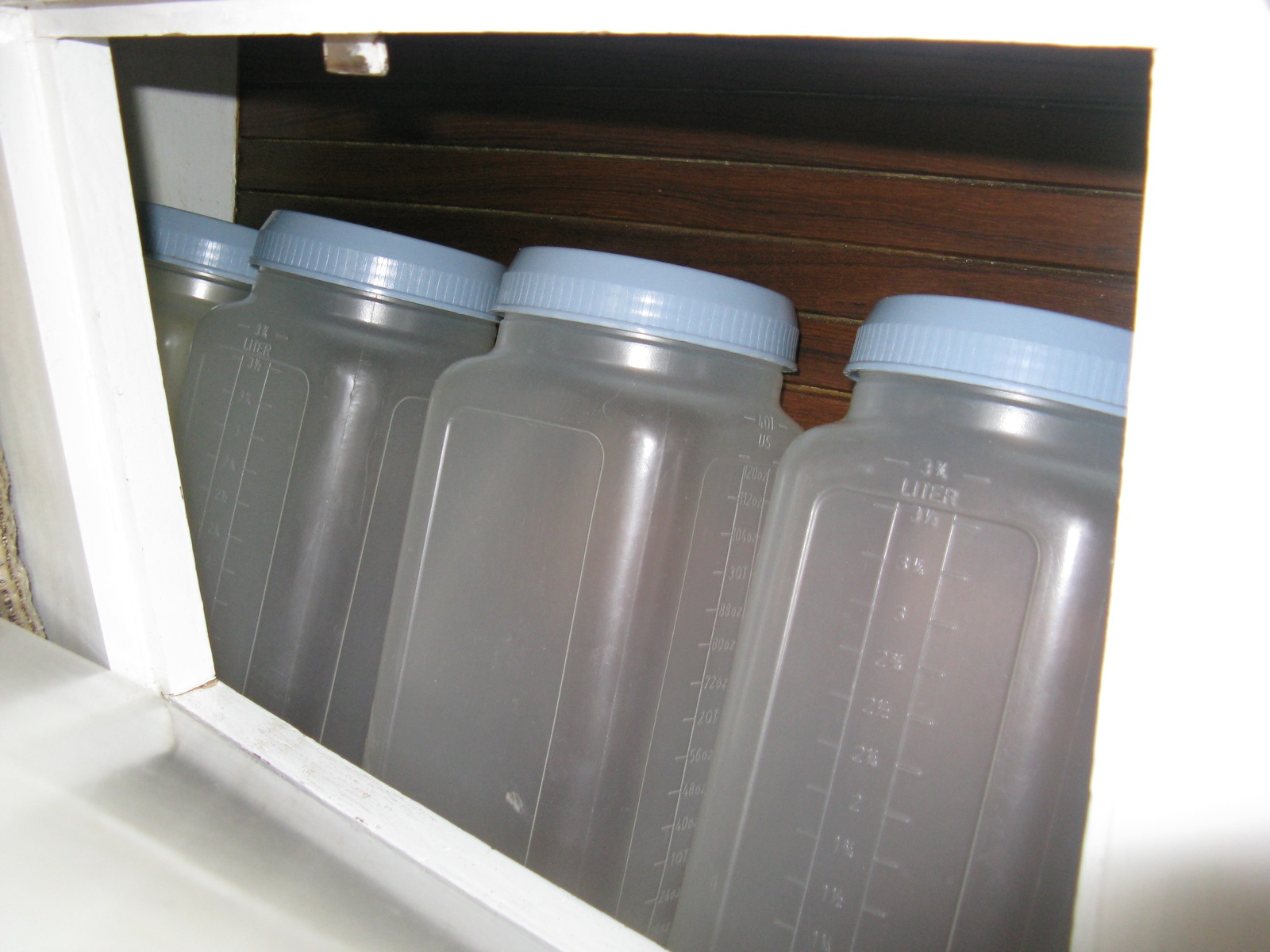I love living aboard our almost 30 year old Passport 37 sailboat! We can relocate our backyard, move into a new neighborhood or even move to paradise any time we want to untie the dock lines. It’s a lifestyle that fits my never-ending curiosity and allows us to walk on distant beaches that few see and leave our own footprints. But … it seems like nothing is every easy living aboard an almost 30 year old sailboat.

If something electrical goes whacky in a house, sometimes – rarely – you might need to tear out a wall to get to the wiring. But unlike my boat, a house isn’t in constant motion, creating all kinds of ways wires, splices and connections can get wiggled just enough so they don’t communicate anymore … i.e. something doesn’t work.
The week before we were ready to untie the dock lines to go cruising the very first time … off to the Northwest Caribbean … we thought we were ready….
When all of a sudden, just to make us crazy (crazier?), the wind indicator at the top of the mast stopped talking to the wind display at the helm. What? Why? And more importantly, how do we fix it. The windicator consists of 2-3 separate parts depending on how you classify them. There’s the actual windicator and transducer or whatever you call the little box with the electronics in it at the top of the mast. Then 55 feet below that, wires come out of the base of the mast into a “junction” box — that’s where the wires leading to the top of the mast join up with the wires leading aft to the cockpit joining the Autohelm Tri-Data wind display at the helm. The wind display displays wind speed and direction based on what the little windicator at the top of the mast says.

We were out of time and definitely out of ideas on how to fix it and called in the cavalry (that’s the paid expert types). They ran diagnostics and determined that both the transducer/windicator at the top of the mast and the display at the helm were both fine. But somewhere, hidden inside the boat below the floorboards or inside the 55 foot tube of aluminum extrusion called our mast, we had wires that weren’t talking to each other. Oh crap! It’s impossible to access wires inside a mast!
But the paid experts taught us a trick — how to run a guy line to pull a wire. Running a guy line is simply – you simply attach a small line to the end of the wire you want to pull out so that when you get the bad wire out, you can tie a replacement wire on and pull it through the same spot, pulling out the guy line and voila the new wire is in place.
This is probably not news to anyone that’s owned a boat for a bit … or anyone that’s the least bit handy fixing things, but remember, when we started boating/cruising, we did not fall into that category! Clueless describes it well – we knew how to SAIL the boat from racing One Design dinghies for years, but big boats have vastly different complicated systems than an 18′ racing dinghy!

So, if you’re like us and never had reason to need to know how to run a line to replace a wire in a hidden location, here and the steps:
Step 1: Identify the wire that needs replaced and where it starts and stops.
Step 2: Tie a small line, thin enough to snake through whatever tiny places the wire has to go — like up our mast. Start from one end – in this case, they attached the line to the wire at the top of the mast. Make sure you have it attached securely, you don’t want it letting go when you hit a snag half way up or down!
Step 3: Make sure the knot or however you attach the wire to the line doesn’t create something to catch on inside, hanging up the line and wire and creating all sorts of swearing and not-niceness.
Step 4: Go to the opposite end and begin to pull — in this case it was the base of the mast, by the junction box. Keep pulling slowly and steadily until you have the line in your hand at the bottom. The old wire is out and the line is temporarily taking its place.

Step 5: Connect the new replacement wire to the line with the same secure method used to thread the line through the mast to begin with…
Step 6: Now go to the other end – in this case the top of the mast – and begin to pull, slowly and steadily. After you pull the line entirely out, the new wire will be inside the mast and ready to go.
Connect it up, seal it against the weather elements, test it to make sure it’s working (either using a multi-meter) or just see if the connection is back and the equipment is working.
Now LEAVE the dock and GO CRUISING! Which is exactly what we did for six years. And the windicator worked fine.
Does anyone out there have any additional tips or advice for running wiring into impossible places through boats? Leave a comment and share your information!













